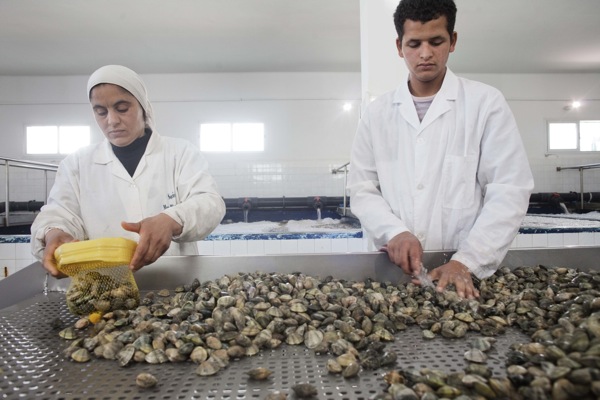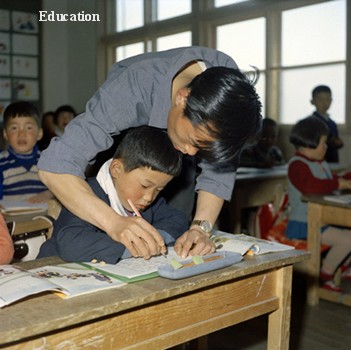Enhancing agriculture production in the world requires a focus on achieving short-term localized transition results as well as the longer term development necessary to help the public and private sectors of a disaster stricken nation make a transition from a disaster or war torn, state led past, to a peaceful market oriented future. This element of our agriculture program attempts to capture and promote synergy between the two. This activity of the agriculture program focuses on two aspects of agriculture production. The first is to make relief efforts more cost effective and more likely to create the conditions for an evolution from relief dependency to sustainable livelihoods. The second is to create more economic opportunities and to produce locally what is imported. Some developing countries and war torn nations are highly reliant on imported foodstuffs at all levels of society. Local production would not only reduce food prices and foreign exchange costs but would also provide an opportunity to create wealth for rural populations.
The activity also seek to move each sector forward by helping war-affected populations to bring themselves closer to self-sufficiency, subsistence producers to achieve more surplus production for market, and Small holder farmers to revitalize their capacity to capture a larger share of the nation market. The interventions envisaged for the first two target groups are similar, emphasizing access to and adoption of improved production technologies. A market oriented perspective will be applied to all groups and market linked constraints will be addressed as they arise. In sum, the activity is focused on: Reducing dependency on relief food aid; reducing reliance on donor funded agencies for support services; developing the capacity of populations to produce their own food; and increasing producer access to markets at all level.
This strategy will adapt the following models: the establishment of CBOs; the development of financial mechanisms for meeting specific needs accessing improved technology from both public and private sources; linking producers to traders and transporters; creating improved capacity for handling and processing; and carrying out market analysis as a basis for definition of enterprise and CBOs activities.
Integration needs to be horizontal, seeking improved management across components of the farming systems (including resources, crops, livestock, and fishery) and vertical, seeking improved management commodities through the production, processing, distribution and marketing stages.
This approach works with each group on the basis of its gender composition. The first group is high in the number of woman headed households and criteria for interventions take into account the extent to which interventions are tailored to meet gender specific needs. In all groups criteria requires consideration enhancing women’s access to production resources. Actions necessary to achieve our agriculture program are characterized in an integrated production system, call illustrative activities.
These are listed below. The system involves the horizontal and vertical integration of crops, livestock, and fishers. The system provides actions for the projected rapid growth in demand for crops, livestock, food and non-food products, other specialty commodities and services. The system provides the intensification of production while protecting natural resources and ensuring equity, food security and human health. The system stresses the importance of effective intensification of production systems and the transformation of production especially at the level of small-scale producers, with a need to promote holistic systems approaches, and to recognize the economic and social dimensions related to transfer and adoption of appropriate technology (labor, land tenure, access to resources, inputs and services and knowledge systems of the range of farmers and actors).
To achieve its objectives, our agriculture component provides funding and supports for the following:
• Organized and Built the Capacity of CBOs
• Developed Improved Farming System
• Increased Seed Rice Multiplication
• Increased Small holder Sales of Agricultural Production
• Increased Vegetable, Tuber and Root Production
• Restocking Livestock and Poultry
• Increased Fisheries Production
• Improved Domestic Product Quality
• Improved farming systems
• Established Farmer Field School
• Promote Natural Resource Management
Copyright © 2011 Global Aid Direct. All Rights Reserved.
$5 saves a child. $10 educates him
Copyright © 2011 Global Aid Direct. All Rights Reserved.

Join discussions on our wall and be in the loop for info on FB
Tweet and follow us. News, emergencies and useful information
Connect with and promote our activities on goggle plus
Connect with Global Aid Direct on YouTube to view videos

Protecting Dignity, Providing Hope, Economic and Educational Opportunities.








